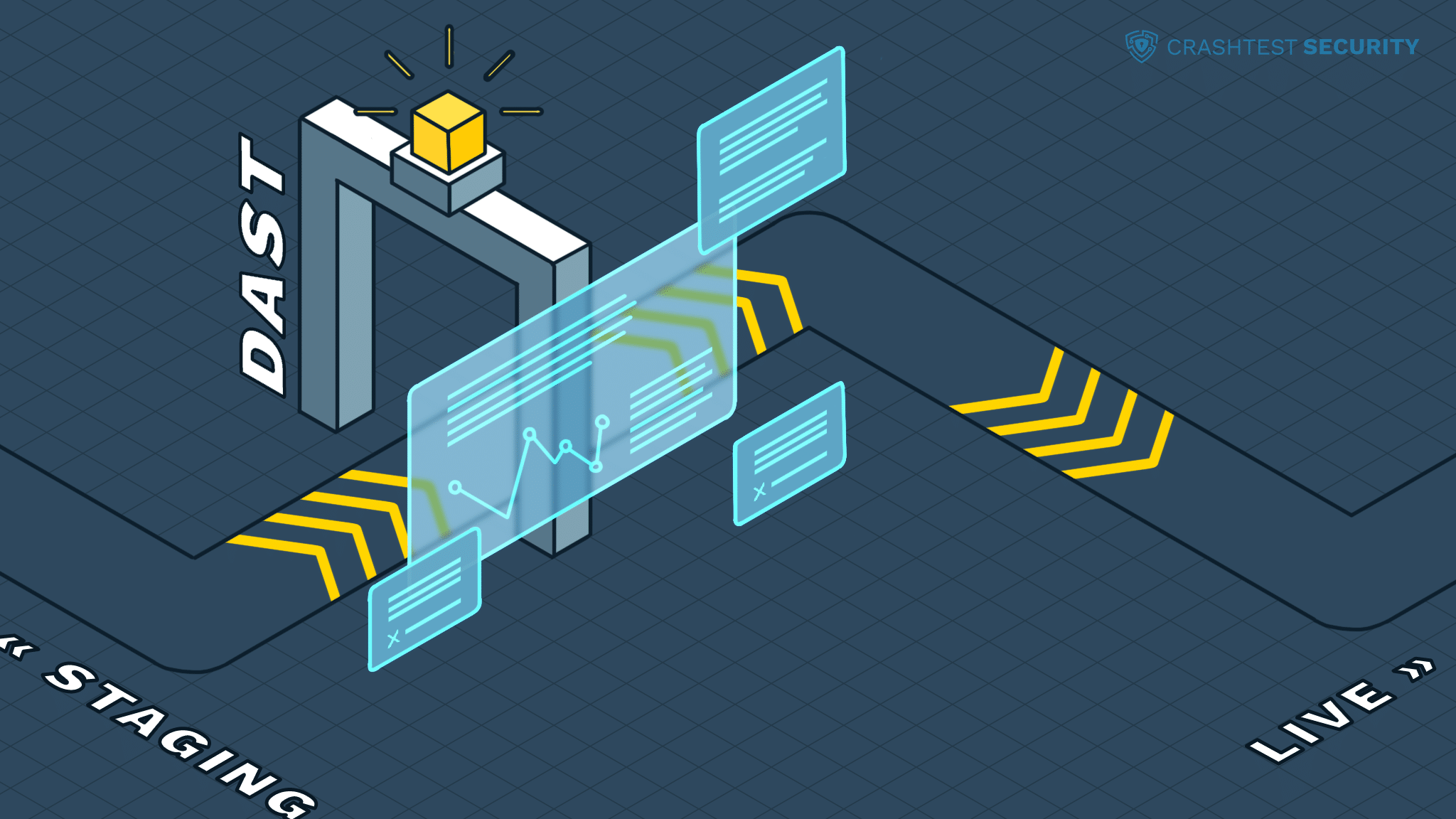DAST is a security testing methodology that can be used to identify vulnerabilities in your systems. DAST tools help you scan the network for potential problems with sensitive data by looking at web applications, databases, mobile applications, and other systems. This post discusses what DAST is, the different methodologies of DAST, and the top 10 DAST scanning tools.
Table of Contents
What Is DAST?
DAST is a security testing methodology that identifies vulnerabilities within your data. It will scan the network for potential problems with sensitive data by looking at web applications, databases, mobile applications, and other systems.
DAST scanning, also known as static analysis, is a part of DAST. It can be used to scan files that store sensitive information such as SQL files and other databases. Some companies choose to use automated tools for this process or have humans manually check the code line by line to ensure all personal data has been removed from it before being sent out over the internet.
The methodology behind static analysis involves searching through your web application’s database for any instances where an end-user could manipulate their level of access. Once these vulnerabilities have been found, the next step is to determine how severe they are and whether or not they could be exploited by an attacker.
DAST – What Are The Methodologies?
There are three main methodologies for DAST: Black-box Testing, Gray-box Testing, and White-box Testing.
Black-Box Testing
In Black Box testing, the tester does not know internal system architecture or design and will try to find vulnerabilities by basically guessing what could potentially go wrong with the data and how it is transmitted over a network. This approach is where one would use tools like Nessus and OpenVAS as they can scan a network for known vulnerabilities.
Gray-box Testing
Gray Box testing is a combination of Black box and White box testing methods where the tester has limited knowledge of the system, but more so than what would be available in black-box testing. This methodology is often used when time or budget constraints do not allow for a full white-box test. In this type of testing, testers will attempt to exploit identified vulnerabilities as if they were malicious attackers. This can be done using tools like WebInspect and Burp Suite Pro.
White-Box Testing
White-box Testing is considered the most thorough way to test for data security vulnerabilities as it provides complete visibility into the systems being tested. Testers have access to source code, system configuration files, and other sensitive information that would be unavailable in black-box or gray-box testing. With this level of access, testers can identify vulnerabilities that may not be found using other methods. This approach is often used by application security teams when they are performing a penetration test.
Top 10 Tools for DAST
There are many different scanning tools available for use in DAST. The following is a list of the top ten most popular tools:
1. Astra’s Pentest
Astra’s Pentest is a web application vulnerability scanner that uses both black box and white box techniques to identify vulnerabilities. With the vulnerability scanner, Astra pentest also offers an application and network pentesting solution. The DAST scanner in Astra Pentest can be used for testing the most common web technologies such as ASP, JSP, PHP, etc.
2. Nessus
It is one of the popular vulnerability scanners on the market and is used by many organizations worldwide. It has a large library of plugins that can be used to scan for a variety of vulnerabilities including those in web applications, databases, and operating systems.
3. OpenVAS
OpenVAS is a framework for managing security scans. It includes a variety of scanning tools that can be used to identify vulnerabilities in web applications, databases, and operating systems.
4. WebInspect
WebInspect is a tool from HP that is used to scan websites for vulnerabilities. It has a large library of plugins that can be used to find issues such as cross-site scripting (XSS), SQL injection, and buffer overflows.
5. Acunetix WVS
Acunetix WVS is a vulnerability scanner that uses both black box and white box techniques to identify web application vulnerabilities. It has plugins for testing the most common web technologies such as ASP, PHP, JSP, etc.
6. Paros
Paro’s proxy tool allows users to intercept data from client-server connections on their computers without modifying any of the traffic or source code being tested. This enables testers to find issues like XSS and SQL injection by creating custom scripts with built-in functions that can be used while scanning websites using WebInspect.
7. Zed Attack Proxy (ZAP)
ZAP is another popular fuzzing framework designed specifically for finding vulnerabilities in web applications. The latest version includes features such as active scan mode which automatically detects security issues without requiring a lengthy configuration process.
8. Webscarab
Webscarab is an intercepting proxy tool that allows testers to view and modify all traffic between their browser and the target application. It can be used to find vulnerabilities such as XSS, Injection Flaws (LDAP, XPATH), XXE Attacks, etc.
9. Burp Suite Pro
Burpsuite also has scanning capabilities but it was not included in this list due to its lack of detailed information on each vulnerability found during testing. It does have useful features for automating web tasks though including spidering websites and automatic content discovery which can speed up manual penetration tests by a significant amount of time compared with manually browsing through pages looking for links or forms.
10. SQLMap
SQLmap is an SQL injection automation tool that can be used by testers to find and exploit SQL Injection vulnerabilities in websites. This allows attackers to read sensitive data from databases including usernames and passwords.
This is a list of some popular scanning tools that can be used in DAST. There are many different options available and this list is not exhaustive. Testers should research which tool will work best for their specific needs before beginning a penetration test.
Conclusion
DAST helps with both network and application security by identifying gaps in your system that may leave them vulnerable to attack. If you don’t want any risk of anything bad happening, then it’s time for you to get started on a detailed and research-based plan.








